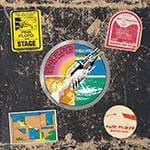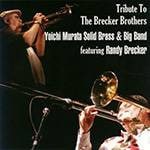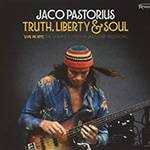u-he Filterscape comes with three different plug-ins. I would like to introduce the Q6, which has a morphing EQ.
Overview of Q6
Q6 is an effect that is difficult to grasp.It’s not a replacement for an existing effect and it’s not easy to use for immediate convenience. It is definitely an EQ in its category, but if you just use it in the sense of a normal EQ for mixing, it seems that you are not utilizing its potential at all, and it’s not that easy to use. Since the Q6 is such a unique EQ, I think the only way to make effective use of its capabilities is to create your own unique way of using it.
Searching the Internet and Youtube, there are no articles that deal with Q6 in depth. Even Dan Worrall, who is the designated nerd who can explain u-he as an official company, gives a choppy explanation. As is true of u-he products in general, it seems to me that u-he puts priority on seeds rather than creating products for where there is a clear need. There is a sense that even the developers don't know how it can be used. If this is the case, I don't know how to make effective use of the product, so I will try to make a trial-and-error approach.
As for the features it has, first there is the IIR low shelving filter, the high shelf filter, and a 6-band EQ with 4 peak filters. Since the other Filterscapes are 4-band, Q6, which is dedicated to EQ, is somewhat beautiful. When you mouse over the points on this panel, the exact frequencies and gains appear on the display above. Usually there is a scale so you don't have to look at it.
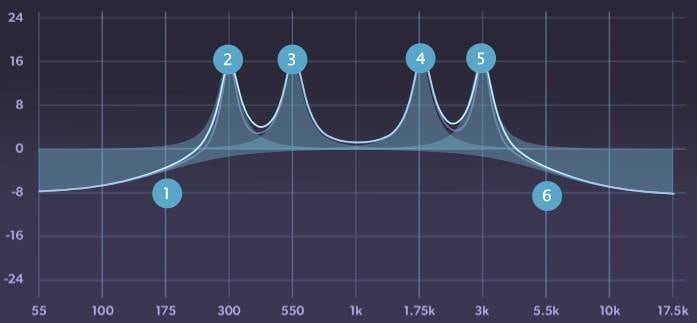
The EQ has basic parameters such as FREQ (cutoff frequency), Q (bandwidth), and gain for each band, which can be managed numerically. Furthermore, each parameter can be modulated by EF, etc., which is a different aspect from other EQs. There are two types, GLOBAL and SNAPSHOT, so you can flexibly respond to your needs by using them properly. One thing to note is that this panel manages values from 0 to 100. If you want to see the frequencies or dB, you need to move it in the graphical panel.

There are also four EFs (envelope followers), which act like sensors for the input sound. Each of the above parameters can then be modulated. You can control the filter type, cutoff frequency, threshold, attack release, and so on. So by linking them together, you can make it function like a dynamic EQ.
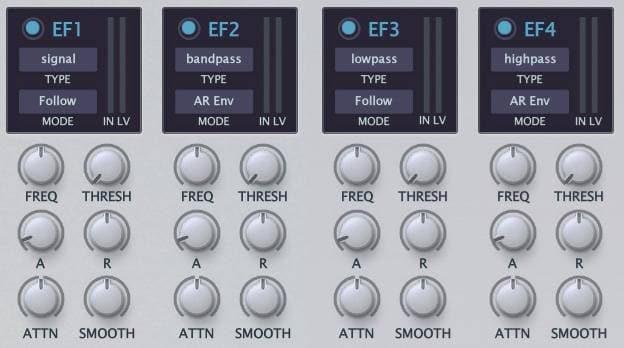
Also, like other Filterscape EQs, the snapshot allows for morphing EQ, which allows for dynamic EQ to match the tempo of the DAW. This is where it differs the most from other EQs, and is likely to be the key to making effective use of it.

Since Q6 has only the above basic functions, it can be said to have a simple configuration specializing in EQ compared to other Filterscape products.
Try using it as a regular EQ
If Q6 is compared to today's EQs with spectrum analyzers, it is inferior in terms of usability. Without being able to see the input and output waveforms, you have to rely only on your ears and knowledge. In practice, I don't find it that inconvenient, but I still have the impression that it is very plain.
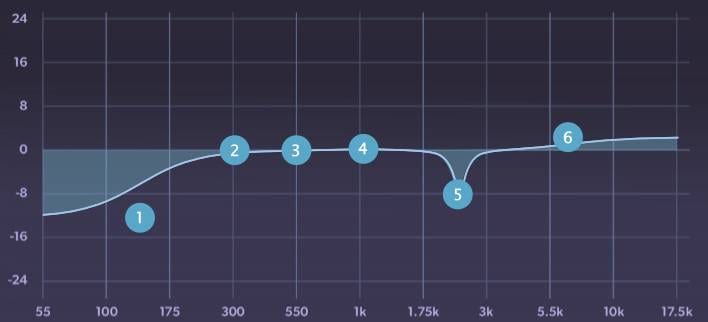
Below is a modern EQ, but it has the advantage of being able to see the input and output waveforms and visually control them in detail. It also comes with auto gain and other features. One issue that comes up is that it relies too much on visual information, and you may not be able to hear the sound properly.
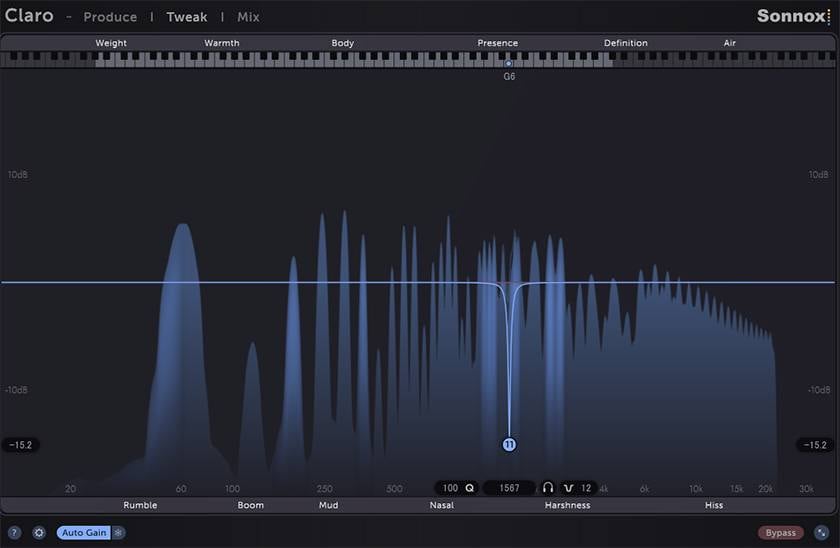
Try using it as a dynamic EQ
With regular EQ, the EQ remains fixed after setting, so the EQ is always active. In contrast, with dynamic EQ, the EQ corrects only when necessary. Specifically, it corrects only when the level of a specific frequency range rises, and does nothing else. The advantage of this is that when EQ is not needed, nothing is done, so there are no negative effects.
Let's try using Q6 as a dynamic EQ. The first thing that is easy to understand is the de-esser. The de-esser reduces the harsh sound of vocals and makes them easier to hear. Q6 uses an envelope follower as a sensor for the input sound. The envelope follower has a choice of filters, but this time I used a bandpass to respond around 10 kHz. In the sample below, I used Q6 to cut the vocals with an extreme emphasis on the teeth grating. My impression is that Q6 can be a very good de-esser because of its good response and attack and release control.
The video below shows the Q6 in action. You can see the response around 10 kHz of the tooth grating as needed.

The waveform below is the above waveform, and you can clearly see the reduction in the dental rubbing sound. It is made extreme for easy understanding.

Moving on to the EQ to match the DAW
Let’s go on a tangent and talk about another use that strays from the everyday use of EQ. I tried to make the guitar sound like a wah-wah with the EQ; the EQ cycle is synchronized to 1/4 of the DAW. This may be somewhat unique, as a normal EQ would not be used to modulate to the tempo of the DAW. However, if it is a wah-wah, it’s a more direct use of this effect. The sample is non-effect at first, and Q6 is passed through in the middle.

In the sample below, I employed a different pattern for the percussion instruments. I tried to create a primitive sound with electronic effects. The first sample is a non-effect, and Q6 is turned on from the middle of the sample.
Use for drums
There are many drums in the official samples, and it seems to work well with drums. It seems to be a bit like a flanger, but it is an image that seems to rise infinitely. This may be good for drum solos, etc.
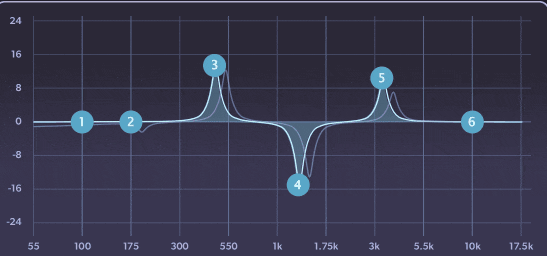
All samples are through Q6.
The same drums, but more extreme and a bit scratchy. This kind of usage might have brought out the uniqueness of Q6, but it kind of feels overkill to me.

Emphasizing the guitar ticks
Let's make the guitar backing ticks a little more crisp. The sample is an 8-minute guitar and the snapshot is taken at 1/8 to emphasize the attack and other parts of the guitar. This is difficult to do with normal EQ or dynamic EQ, so I think this is a unique use of Q6. The order is without effects, then with Q6.

Use on a synth bass
I tried to make it sound more or less like talking. Non-effects, then Q6.

Use as part of a phrase
I tried to use it as a part of an instrument rather than an effect. I tried to create a tremolo-like effect by morphing EQ on the 16th note.

Conclusion
Q6 is not as good as a dedicated EQ for correction and it is not as good as Filterscape FX for over-the-top use as an extension of instrumental tone creation. In the end, it is best to use it as an extension of correction by using morphing in accordance with the tempo. Rather than changing the original sound without leaving any traces, the most suitable use seems to be an austere one that slightly alters the atmosphere.
The “sound & person” column is made up of contributions from you.
For details about contributing, click here.





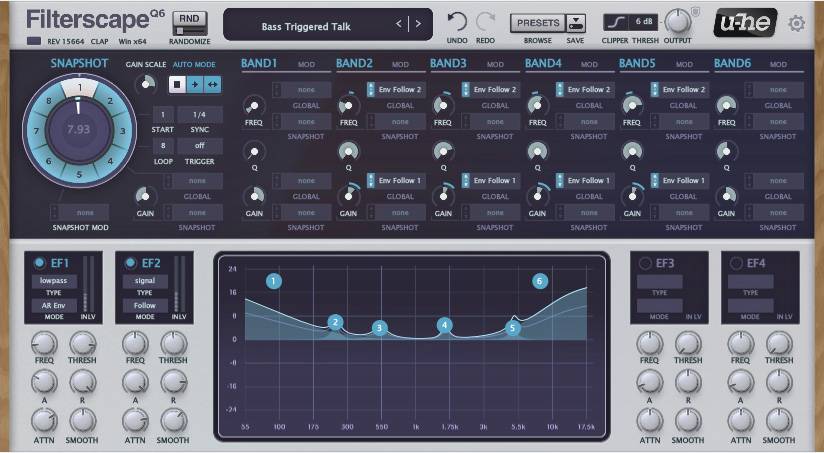

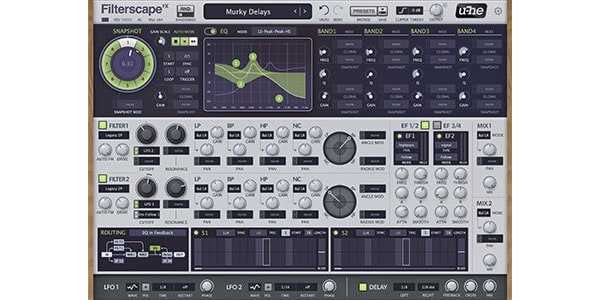
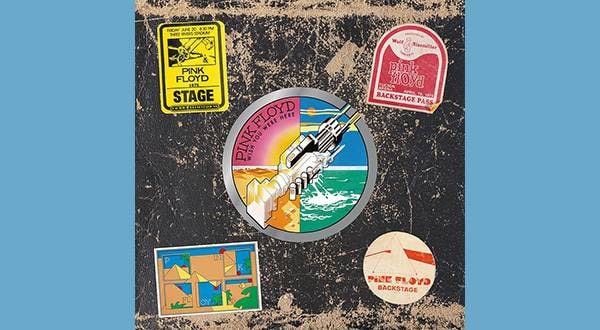
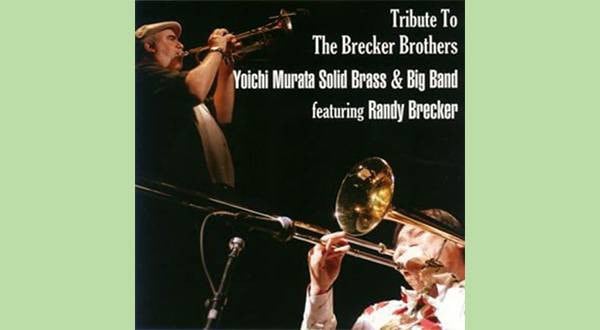

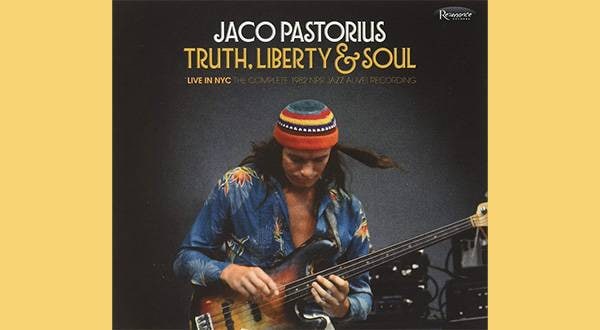

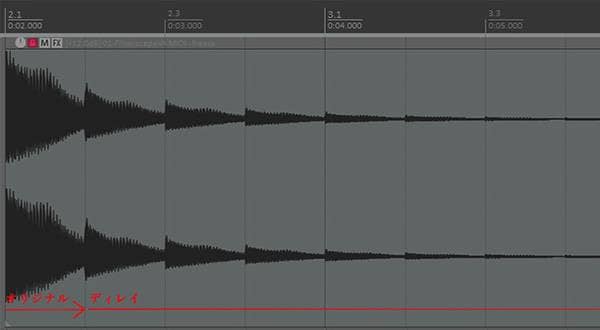
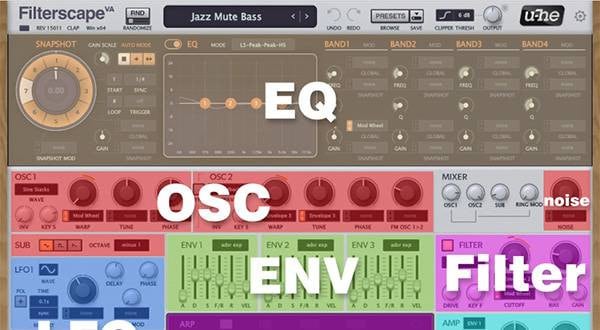
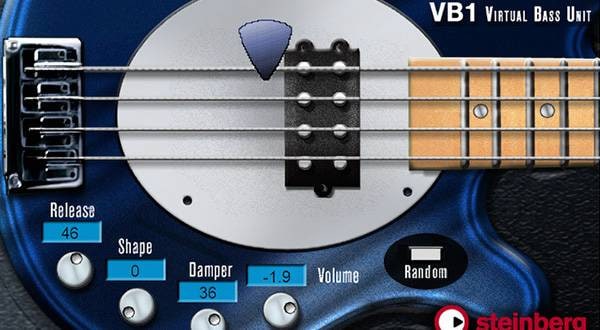
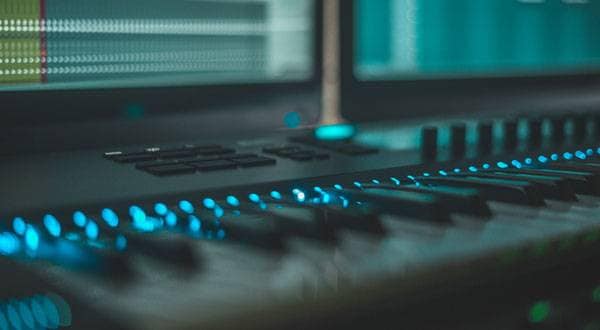
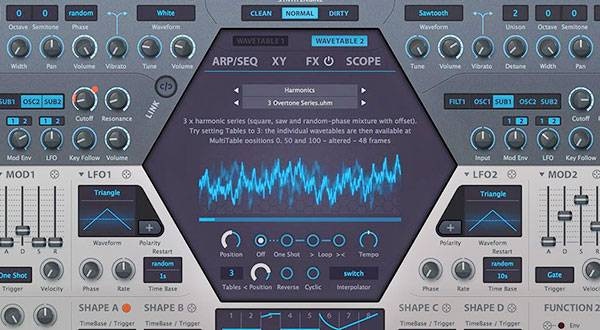
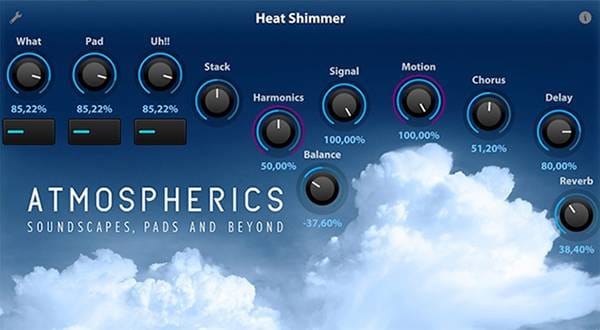
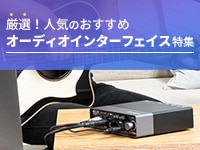 厳選!人気のおすすめオーディオインターフェイス特集
厳選!人気のおすすめオーディオインターフェイス特集
 USB接続対応のMIDIキーボード
USB接続対応のMIDIキーボード
 機能で選ぶ オーディオインターフェイス
機能で選ぶ オーディオインターフェイス
 DTMに必要な機材
DTMに必要な機材
 UR-RT4 ソフト音源やループ素材をリアンプ
UR-RT4 ソフト音源やループ素材をリアンプ
 DTM・DAW購入ガイド
DTM・DAW購入ガイド
